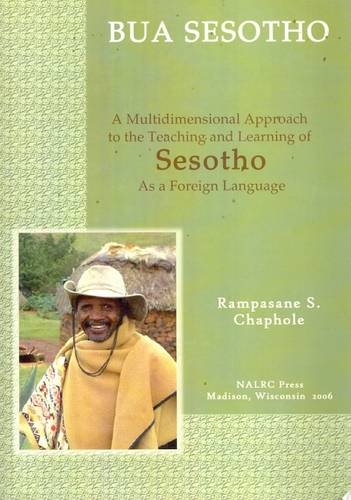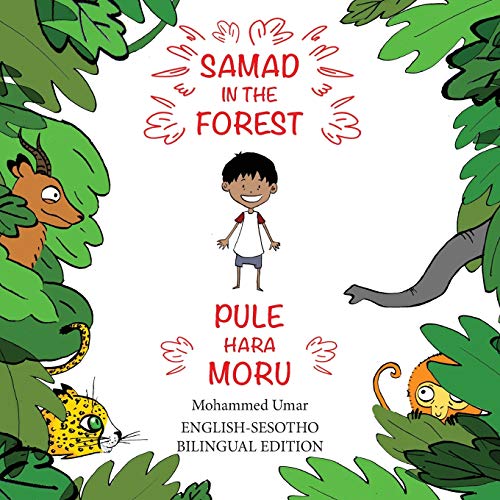Everything You Need To Learn Sesotho
Sesotho (also known as Sotho) is a Southern Bantu language spoken in South Africa, Lesotho and Swaziland. It is the first language of the Basotho (people of Lesotho) and Sesotho sa Leboa (people of Northern Province, South Africa). There are around 5 million speakers.
The language shares many similarities with other Southern Bantu languages like Tswana and Xhosa, the former of which is considered mutually intelligible with it.
Sesotho is a tonal language and as such, the meanings of the same words change depending on the tone in which they’re said.
Unfortunately, you won’t find many resources to learn Sesotho. We’ve put together everything we could find, and hope you get some us out of them.
Sesotho Language Learning Books
With limited options, your best bet for learning the language is by using a Sesotho course book. A good study book will introduce you to Sesotho grammar rules, sentence structure and word usage, give you a solid foundation in the language and periodically test your knowledge so that you can monitor your own progress.
Sesotho Children’s Books
Another great way to learn the language is by reading children’s books in Sesotho. Designed to be simple, repetitive and often accompanied by colourful illustrations, Sesotho kids’ books will boost your vocabulary, while helping to improve your reading comprehension and overall grasp of the language.
Other Sesotho Books
When you’ve read enough children’s books and want more challenging reading material, look for some Sesotho books for older readers. This could be the Bible in Sesotho, or maybe some Sesotho fiction.
Reading these types of books will give your Sesotho vocabulary a huge boost, and you’ll be much more confident with your language skills by the end.
Sesotho Movies & TV Shows
You can also expand your Sesotho vocabulary and listening comprehension by watching Sesotho movies and movies with Sesotho audio/dubbing.
The language used by native speakers in movies and TV shows will be much more colloquial and natural than that found in books, so you’ll get a better sense of how people really speak.









![Life, Above All - Northern Sotho Movie [DVD]](https://m.media-amazon.com/images/I/51ATN0AkobL.jpg)